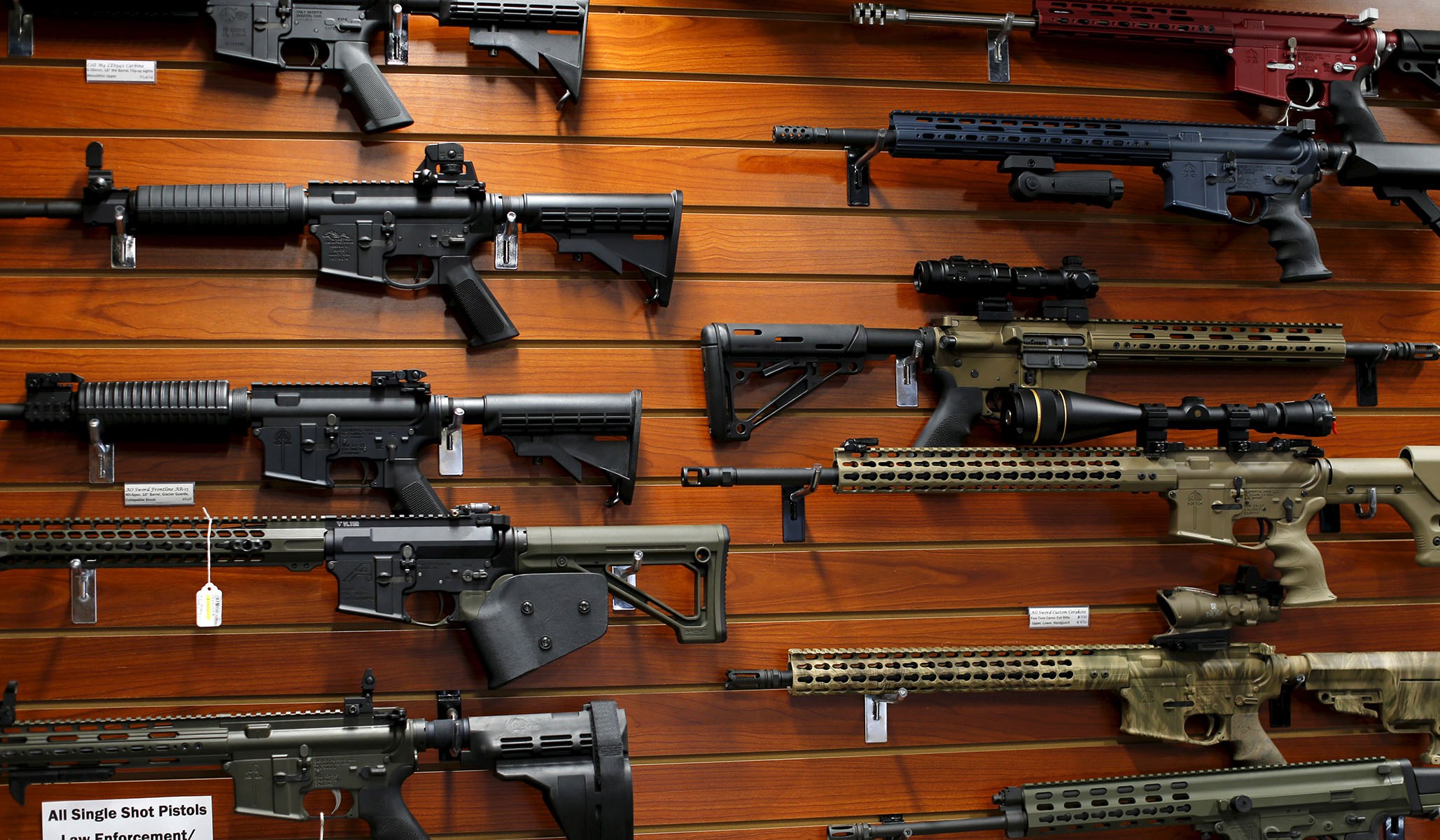By: The Editorial Board – wsj.com – May 25, 2022
The massacre at Robb Elementary School in Uvalde, Texas, on Tuesday has produced the usual demands to “do something.” We share the impulse and the anger, but what specifically to do? The reason there are more demands than solutions is because the problem of how to stop mass shootings by disturbed young men is one of the hardest in a democratic society.
The profile emerging of Salvador Ramos, the 18-year-old who killed 19 children and two teachers, is depressingly familiar. A teenage loner with a disruptive family life. Bullied as a child because of a speech impediment. Immersed in video games and other virtual reality. Ramos, who was killed amid his massacre, had fought with his mother and hinted at violent ambitions. He shot his grandmother before he drove to the school and murdered children with a rifle in a fourth-grade classroom.
This is achingly similar to the profile of other young mass killers from Sandy Hook to Aurora, Parkland, Tucson, Virginia Tech and Buffalo. They suffer from some mental illness or profound social alienation. The societal challenge is anticipating when such a young man—and it is nearly always a young man—will snap, and how and when to deny him access to firearms.
As he often does, Barack Obama summed up the single-minded response of the progressive side of American politics. “Nearly ten years after Sandy Hook—and ten days after Buffalo—our country is paralyzed,” he wrote on Twitter, “not by fear, but by a gun lobby and a political party that have shown no willingness to act in any way that might help prevent these tragedies.” He continued: “It’s long past time for action, any kind of action.”
Leave it to the former President to demonize his political opponents in the wake of an act of madness. But note his default to “action, any kind of action.” Anything apparently will do as long as it offers the self-satisfaction that we are doing something, even if it turns out to be futile or counter-productive.
We aren’t opposed to sensible gun regulation if it is politically possible and might prevent such killings. So-called red-flag laws that give police the ability to deny guns to people who may pose a risk to the community have been useful in some cases. But they are hard to enforce, as we recently learned in Buffalo. New York state has a red-flag statute, and Payton Gendron was even referred for mental counseling. He still got a gun.
Would background checks beyond those that already exist help? Unlikely, since these young men rarely have a criminal record. A six-day waiting period to receive a gun after it’s purchased? Not for someone who is determined to kill. A ban on purchasing a rifle until the age of 21? As Gov. Greg Abbott pointed out Wednesday, 18-year-olds have been able to buy long guns in Texas for more than 60 years. Yet for decades mass shootings were rare.
A ban on some or all long guns would still leave handguns available, and good luck enforcing a ban. Every political effort to control gun sales spurs a new surge in gun purchases. If you think society is polarized now, try banning or confiscating most guns as Australia has.
***
The recent proliferation of mass shootings suggests a deeper malady than gun laws can fix. Firearm laws were few and weak before the 1970s. Yet only in recent decades have young men entered schools and supermarkets for the purpose of killing the innocent. That a teenager could look at a nine-year-old, aim a gun, and pull the trigger signals some larger social and cultural breakdown.
It also suggests that society may have to adapt by rethinking our hands-off attitudes to antisocial behavior and mental illness. Security at schools and churches will need to be enhanced. Big Data may help law enforcement identify potential risks, and we may need to give them freer rein to intervene in borderline cases. A return to more social sanction and intervention for antisocial behavior would also help the vulnerable and lost who most need help.
The modern welfare state is adept at writing checks, but not much else. Today’s young killers aren’t motivated by material deprivation. They are typically from middle-class families with access to smartphones and X-boxes. Their deficit is social and spiritual. The rise of family dysfunction and the decline of mediating institutions such as churches and social clubs have consequences.
This cultural erosion will take years to repair, but a good start would be to admit that it plays a role in the increasing acts of insensate violence. It would also help if someone brave enough to mention the problem—recall Joe Lieberman and Tipper Gore —isn’t derided as a cultural dinosaur.
We are fated to have another debate on gun control because half of American politics will insist on it. By all means have at it. But anyone who thinks gun laws will end mass shootings in America isn’t paying attention to the much larger problem of mental illness and the collapse of cultural guardrails.
To see this article and subscribe to others like it, choose to read more.
 Listen Online
Listen Online Watch Online
Watch Online Find a Station in Your Area
Find a Station in Your Area










 Listen Now
Listen Now Watch Online
Watch Online
